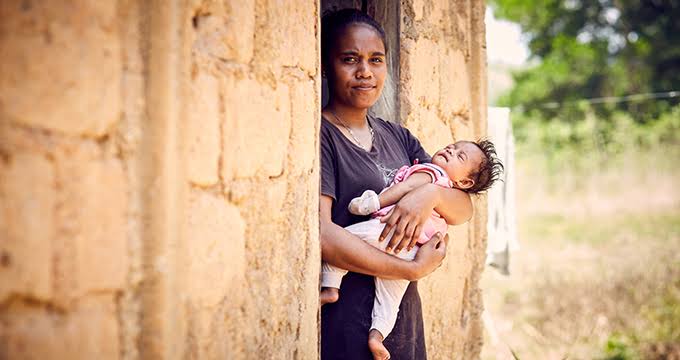UN Population Fund (UNFPA) says gender-based and income inequalities are highlighted as key in fuelling teen pregnancies by increasing child marriage rate among women in developing countries.
Gender-based and income inequalities, driving teenage motherhood by increasing child marriage rates, keeping girls out of school, restricting their career aspirations, and limiting health care and information on safe, consensual sex.
The UN reproductive health agency, in new a report published on Tuesday, stated that almost one third of women in developing countries had their first baby while they were still in their teens.
According to the report, one third of women in developing countries had their babies in teens, with nearly half of those new mothers aged 17 and younger – still children themselves.
It revealed that entrenching these inequalities are climate disasters, COVID-19 and conflict, which are all upending lives around the world, obliterating livelihoods and making it more difficult for girls to afford or even physically reach school and health services.
These leaves tens of millions yet more vulnerable to child marriage and early pregnancy.
“When nearly a third of all women in developing countries are becoming mothers during adolescence, it is clear the world is failing adolescent girls,” the UNFPA Executive Director, Dr Natalia Kanem, said.
“The repeat pregnancies we see among adolescent mothers are a glaring signpost that they desperately need sexual and reproductive health information and services.”
According to the report, among girls with a first birth at 14, or younger, nearly three quarters also have a second birth later in adolescence, and 40 per cent of those with two births, progress to a third birth before leaving the teen years.
Most births among girls under the age of 18 in 54 developing countries are reported as taking place within a marriage or union.
Although more than half of those pregnancies were classified as “intended”, young girls’ ability to decide whether to have children can be severely constrained.
The report finds that adolescent pregnancy is often – albeit not always – driven by a lack of meaningful choice, limited agency, and even force or coercion.
UNFPA stated that complications from giving birth are a leading cause of death and injury for adolescent girls but being an adolescent mother can also lead to other grave violations of their human rights.
It stated that it can lead to other grave violation of human rights and serious social consequences, including child marriage, intimate-partner violence and mental health issues.
In addition, the UN agency stated that across the globe, there are encouraging signs of declining levels of motherhood in childhood and adolescence.
But the pace of decline has been “alarmingly slow”, according to UNFPA, by some three percentage points, per decade.
“Governments need to invest in adolescent girls and help expand their opportunities, resources, and skillsets, thereby helping avoid early and unintended pregnancies.
“When girls can meaningfully chart their own life course, motherhood in childhood will grow increasingly rare,” Kanem said.
